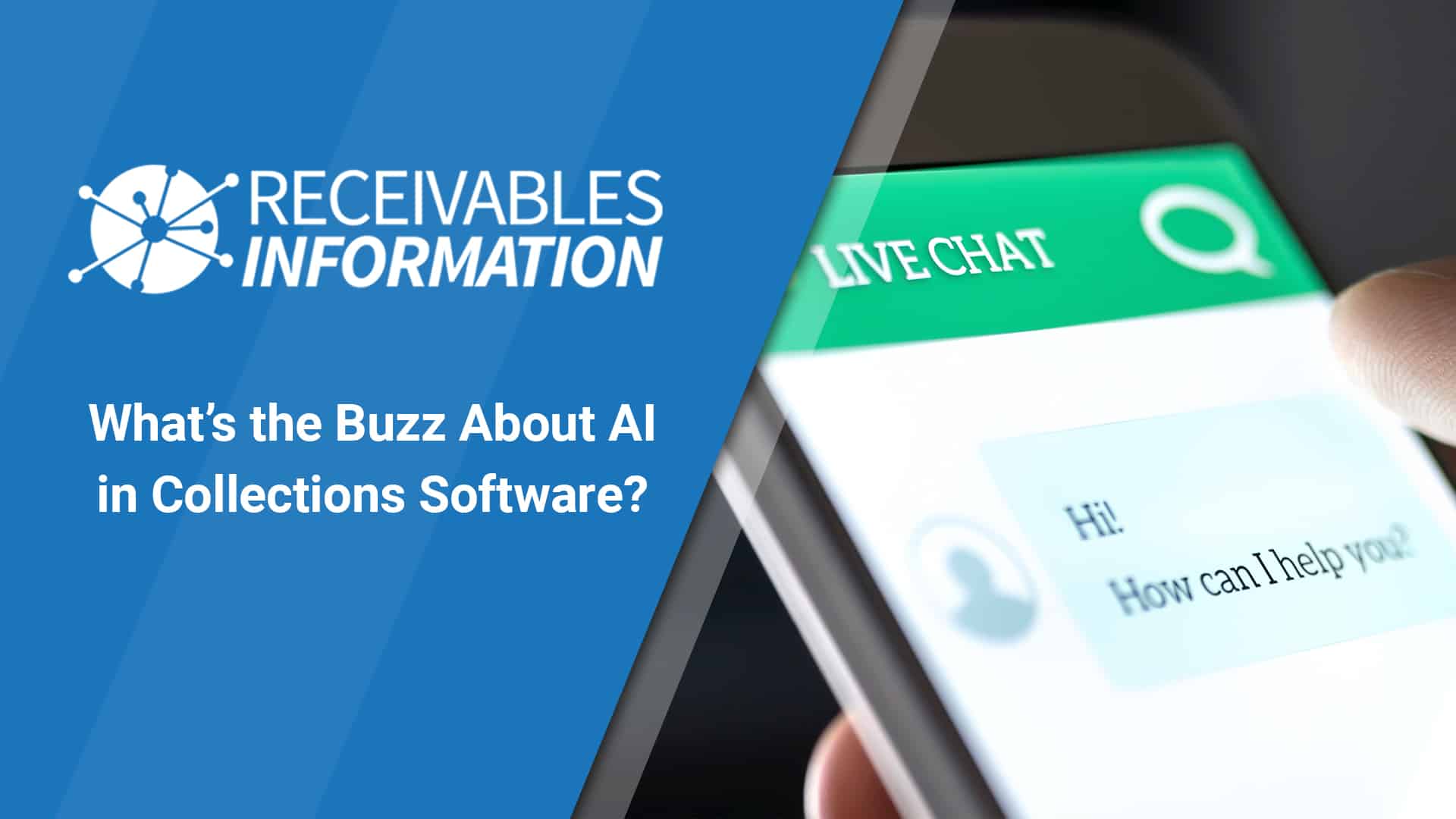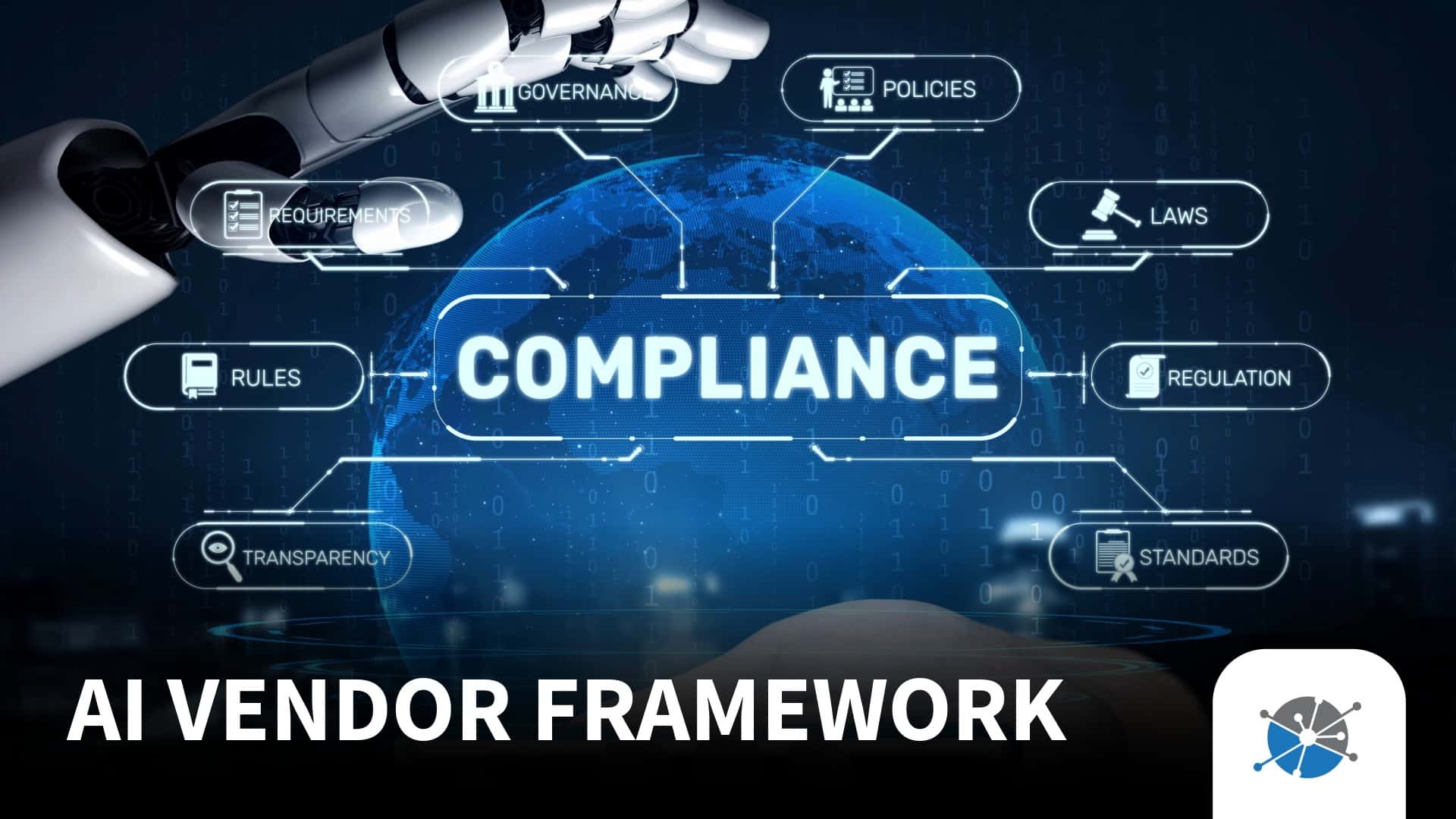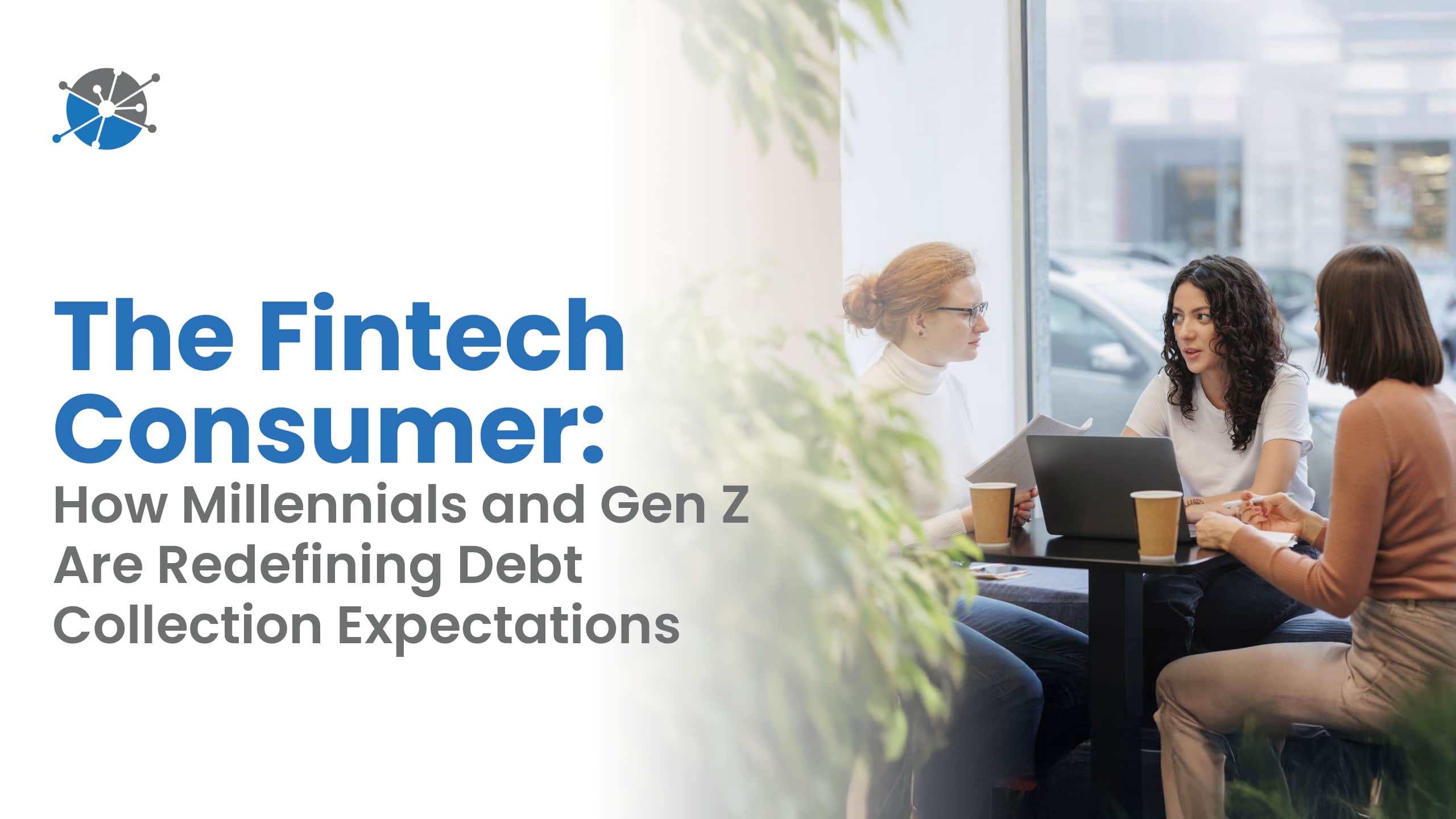
What’s the Buzz About AI and Machine Learning in Collections Software?
Over the last few years, contact centers of all kinds— including collections centers— have been finding ways to implement artificial intelligence (AI) into operations to improve the customer experience and create process efficiencies. Machine learning in particular is being used more and more to create new solutions and efficiencies while simultaneously increasing compliance and better meeting evolving consumer preferences. As the technology was already evolving, the need for accelerated developments and implementations of machine learning in the ARM industry was spurred on by the pandemic/remote work, by evolving consumer preferences, and of course, by Reg F compliance.
Now, as we take it all in, sometimes it feels like AI “tech speak” is suddenly tossed around in industry jargon as though it’s been around forever. Some of us may even be starting to feel like somehow we missed the bus. With that in mind, here’s a brief overview of AI, how it’s being used in consumer communications and collections software, and why.
What Are AI and Machine Learning?
According to a Brookings report about artificial intelligence, AI refers to software systems that have intentionality, intelligence, and adaptability to help people anticipate problems or deal with issues as they arise. Machine learning is a subset of AI and what most people are referring to when talking about AI in collections software. It’s the use of intelligent software to gather data, analyze it, and make predictions and suggestions about actions to take based on the data.
According to “Machine learning, explained,” an article published by the MIT Sloan School of Management, machine learning “gives computers the ability to learn without explicitly being programmed.” Whether we’re aware of it or not, we’re all familiar with many common examples of machine learning in action. It’s the type of technology that drives much of the interactive, user-friendly, personalized experiences we’ve come to expect in our daily lives. Whether we’re selecting a show to stream, shopping online, or receiving search recommendations from Google, it’s safe to say that many of our daily end-user interactions are being influenced by machine learning on the back end.
Machine Learning and Collections Software
So what does machine learning have to do with collections software? On the consumer assistance side of things, developers have created software specifically designed to assist human call agents in real-time to do their jobs more quickly, efficiently, consistently, and compliantly by extracting call information to transcribe notes, predict outcomes, alert agents to potential issues, and more. Machine learning is also behind some of the omnichannel digital communication technology being heavily promoted in the industry. Interactive Voice Response (IVR), conversational AI, and chatbots, for instance, can help provide consumers with account information any time of day or night when representatives may not be available, which helps meet consumer preferences of digital 24/7 communication/account management options.
In a very simplified definition, AI Adventures explained machine learning as using data to answer questions. Besides consumer interactions, where else in the ARM space are mass quantities of data? Portfolios! Developers and data scientists in the space have leveraged technology systems to create analytical, predictive models to help drive strategy and performance decisions for debt buyers, non-creditor account managers, and collectors. Some companies have internal proprietary software while others employ vendor software. By applying machine learning to consumer and account data, guided by contact parameters and other specified rules, software programs can help us efficiently pinpoint the best who, how, and when to guide optimal account-level and big-picture contact strategy.
While your company may or may not have landed on exactly how best to implement these types of software now or in the future, one thing is sure; machine learning is far beyond a fad or buzzword. It’s the future. Like so many new technologies that have transformed the industry over the years and decades, this is one of those that is worth taking some time to better understand and anticipate as an increasingly prevalent feature of the ARM landscape.
Learn More About Machine Learning
For a basic explanation of the steps of machine learning, view this video in the Cloud AI Adventures series by Google Cloud Tech. For a deeper look, check out the free online Introduction to Machine Learning course in MIT OpenCourseWare.
To learn more about the ARM industry as a whole, follow Receivables Info on Facebook, LinkedIn, and YouTube. Be sure to also check out our Money Chat series for more ways to grow in financial education while exploring the receivables landscape.
About Receivables Info
The Receivables Info team is led by receivables management industry veterans who wanted to create a website for the industry, by the industry. Their goal is to provide a voice to high-quality debt buyers, collection agencies, law firms, and industry veterans to share information about their businesses and their place within the marketplace and the community. The website provides relevant news alerts, articles, videos, and other receivables-related information to industry partners and colleagues around the industry and the globe. Receivables Info is also home to financial education resources for consumers through series like Money Chat.
The information contained in this article is meant to serve as general guidance for entry-level to mid-level ARM industry professionals and is not meant to serve as comprehensive business, legal, or financial advice.







